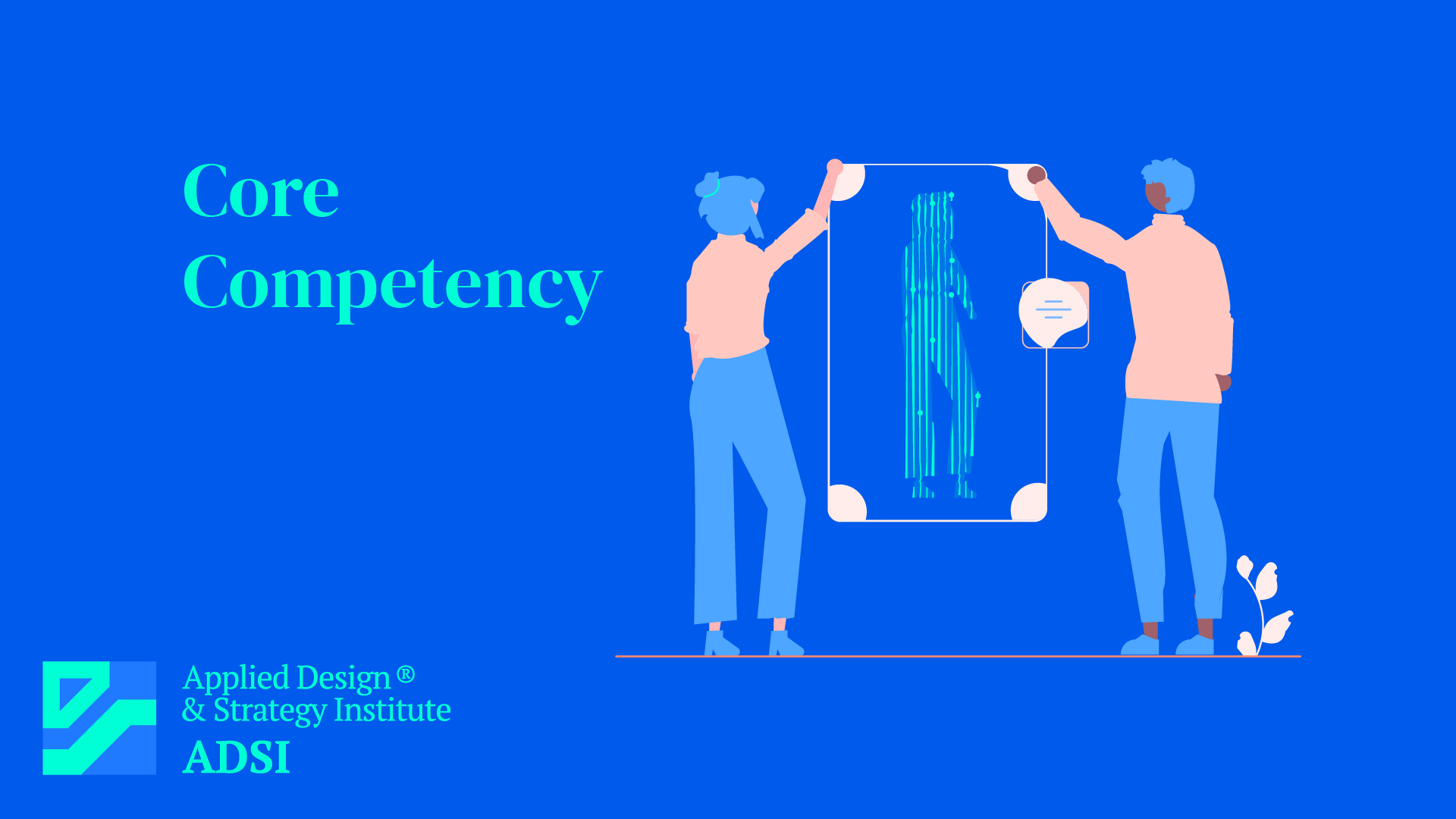Core Competency
Core Competency: Driving Competitive Advantage in Business
Introduction
Core competency, a concept introduced by C.K. Prahalad and Gary Hamel in the 1990s, refers to a company’s fundamental strength – a specific set of skills or technologies that differentiates it from competitors. Identifying and nurturing core competencies is crucial for long-term success and competitive advantage in the business world.
Understanding Core Competencies
- Unique Capabilities: Core competencies are activities or processes that give a business a competitive edge. They are not easily replicated by competitors and often stem from unique combinations of skills, resources, and knowledge.
- Alignment with Customer Value: These competencies must align with customer needs and contribute significantly to the perceived customer benefits of the end product.
Characteristics of Core Competencies
- Provides Potential Access to a Wide Variety of Markets: It opens up numerous market opportunities.
- Significant Contribution to Customer Benefits: The product or service offers distinct advantages that are valued by customers.
- Difficult for Competitors to Imitate: The competencies are deeply embedded in the organization, making them hard to replicate.
Building and Sustaining Core Competencies
- Continuous Development: Core competencies require ongoing refinement and investment. This could mean continuous training, research and development, and staying ahead of industry trends.
- Integration Across the Organization: Core competencies should be recognized and supported across various levels and functions of the organization.
Examples in Business
- Apple’s core competency lies in its innovative design and technology, coupled with a unique customer experience.
- Toyota is renowned for its manufacturing efficiency and quality, known as the Toyota Production System.
Core Competency vs. Competitive Advantage
- While core competencies are about internal strengths, competitive advantage is how those strengths are used effectively in the market.
Challenges and Risks
- Over-Reliance: Companies might become overly reliant on a few competencies, risking obsolescence as market conditions change.
- Imitation by Competitors: Over time, competitors might develop similar capabilities, diluting the uniqueness.
Conclusion
Core competencies are vital for any organization seeking to maintain a sustainable competitive advantage. By focusing on what they do best and continually evolving these skills and knowledge areas, businesses can differentiate themselves in a crowded marketplace. Understanding and leveraging core competencies is essential for long-term success and market leadership.



Leave a Reply